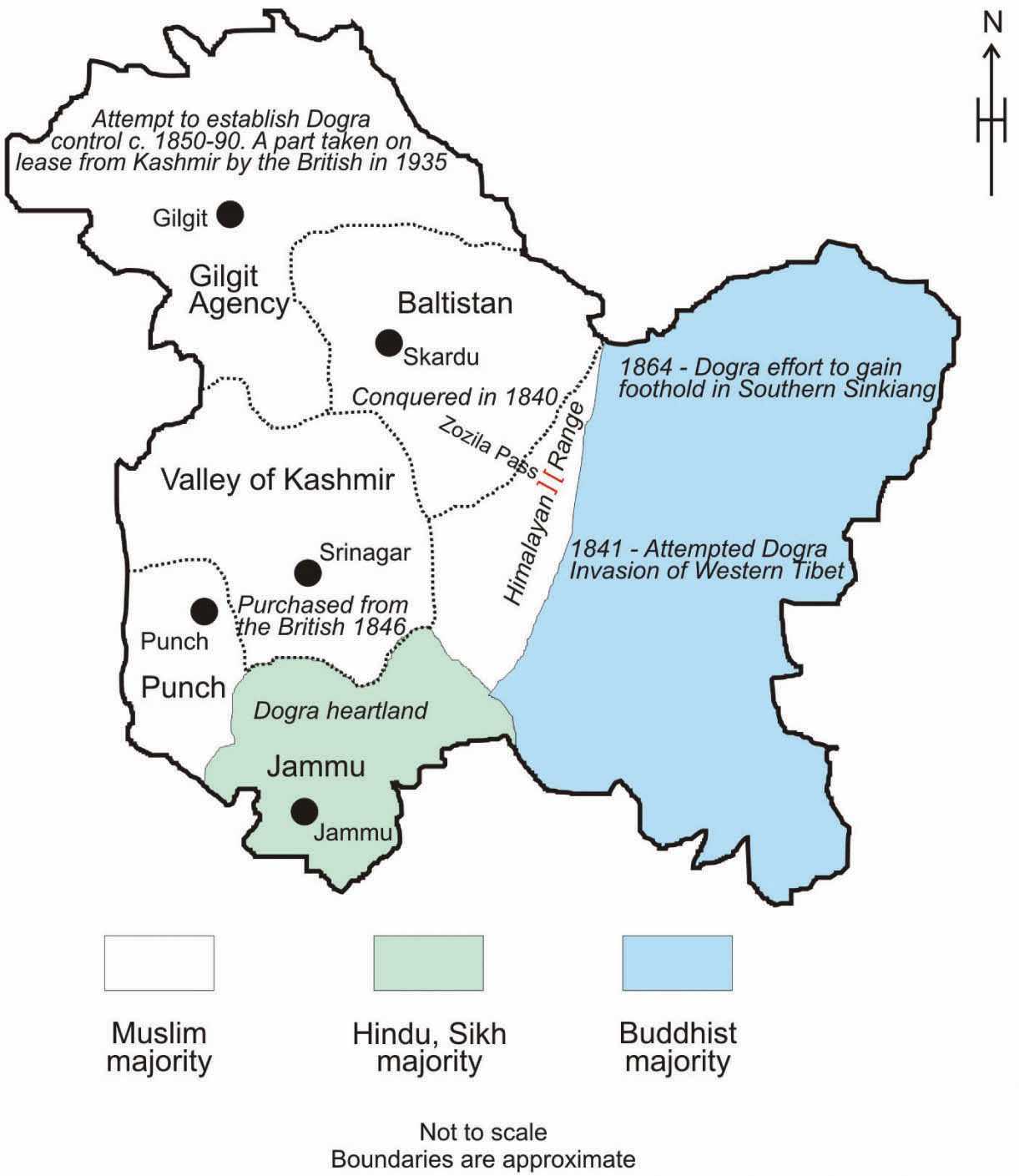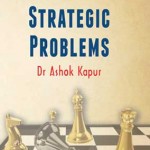IDR Blog
Kashmir's Separatist Movement: Rising Challenges, Shrinking Relevance

J&K’s separatist leaders are under pressure to keep their political relevance intact in the aftermath of the outbreak of violence beginning July 2016. Despite their personal and ideological differences, three top separatist leaders–Yasin Malik, Syed Ali Shah Geelani and Mirwaiz Umar Farooq– were led to establish the Joint Resistance Leadership (JRL) in late-2016 to streamline street protests and galvanise a united front regarding developments in the so-called ‘self-determination’ movement. This article will look at how the ‘new-age’ militancy poses a challenge to the All Parties Hurriyat Conference (APHC)-led separatist movement, with the latter finding it difficult to maintain its political and territorial influence in the Valley.
The JRL regularly issues ‘protest calendars’ and calls for bandhs (shutdown) or election boycotts in pursuit of their goals. However, this is in part fuelled by challenges in light of the emerging new militancy. In the last two years, religion has been given significant relevance over politics as far as the local militancy is concerned. As a result, separatist leaders have also begun speaking on matters related to Islam, quite apart from politics, in their taqreers (speeches or sermons). Despite these contextual changes, local militants have not stopped criticising or intimidating the separatist leaders for their ‘limited’ participation in the Azadi (freedom) movement.
Thus, while some analysts are of the opinion that the erosion of the Hurriyat’s relevance in the Valley, as popularly suggested, is somewhat over-exaggerated, there is certainly cause for concern from the perspective of the separatist movement. Recent instances such as masked youth raising pro-Islamic State (IS) slogans from Mirwaiz’s pulpit, the killing of a separatist leader in South Kashmir by ‘unknown’ assailants, and not allowing separatist leaders at militant funerals suggest a growing anger against the Hurriyat leadership. In a rare incident, former Hizbul Mujahideen (HM) commander Zakir Musa even threatened graphic physical harm to Hurriyat leaders, including Geelani, if they continued to call their struggle a “political and not Islamic one.” Further, with the emergence of IS and al Qaeda modules in Kashmir, some new-age militants are calling for the creation of an Islamic ‘Caliphate’ over a democratic state.
The Hurriyat faction is currently unable to translate motivation into action given Geelani’s deteriorating health, and other separatist leaders failing to muster enough public support. This precarious position is a result of not just the post-2016 situation in the Valley, but also factors that existed pre-2016 that have compounded pressure on the separatist leadership. These include New Delhi’s attempts to either completely sideline or limit the leadership’s role in the Kashmir issue; raids conducted by the National Investigative Agency (NIA) on middle-rung separatist leaders, and growing apprehension about who would be Geelani’s successor.
The Modi government, in its first year in power in 2014, called off foreign secretary-level talks with Pakistan because Islamabad’s then high commissioner in New Delhi held a meeting with the Hurriyat leaders. Since then, the separatist leaders have been kept out of any bilateral engagement between India and Pakistan. In the meantime, the NIA has charged some separatist leaders for fomenting street violence in the Valley. These arrests came at a time when the Hurriyat leadership was already facing troubles in controlling the street agitations that began after Wani’s killing. The separatists–who issued several protest calendars in the hope of staying relevant – tried to use the arrests to play the ‘victim’ card in a bid to gain some public sympathy – but to no avail.
In terms of territory, the Hurriyat’s influence has further degraded in South Kashmir in the past two and a half years. Their hold or relevance remains restricted to the traditional pockets of North and Central Kashmir. Since July 2016, there is a growing impression that the Hurriyat is no longer central to the separatist movement in Kashmir. The vacuum created due to their apparent absence in some parts of the Valley may lead to more hard-line elements taking over in the future. With the emergence of social media platforms that offer easy access to propaganda literature, the region has become more malleable to religious radicalisation. The Hurriyat may find it difficult to control an individual(s)-driven movement in today’s Kashmir. So far, they have not been able to come up with an alternative or counter-strategy to address the challenges that arise from the existence of self-motivated and radicalised youth.
Given the current situation in Kashmir, the separatist leadership is likely to lose more credibility in the near future. More importantly, as the ‘new-age’ militancy gains more ground, separatist leaders face a realistic fear of losing their influence or being marginalised. The separatist leaders may be increasingly targeted by a disorganised, possibly ‘leaderless’ militant movement in Kashmir. New Delhi may seek to turn the situation to its advantage by playing with these insecurities. However, it may be wiser for New Delhi to offer an alternative arrangement to the separatist leaders, as discrediting them completely does not appear to be a favourable policy consideration in the current circumstances in J&K.
Courtesy: http://www.ipcs.org/comm_select.php?articleNo=5540




